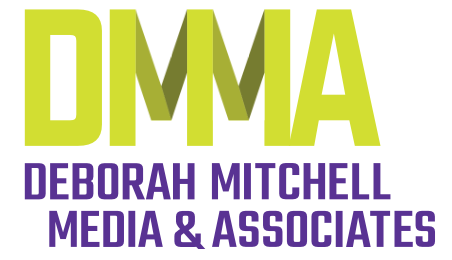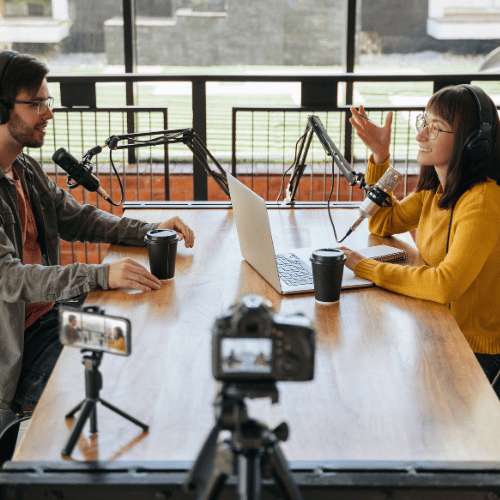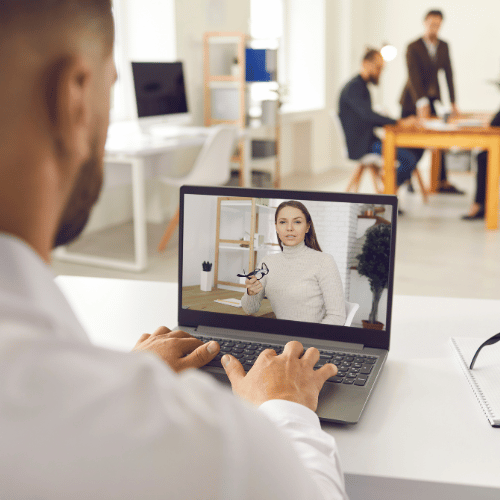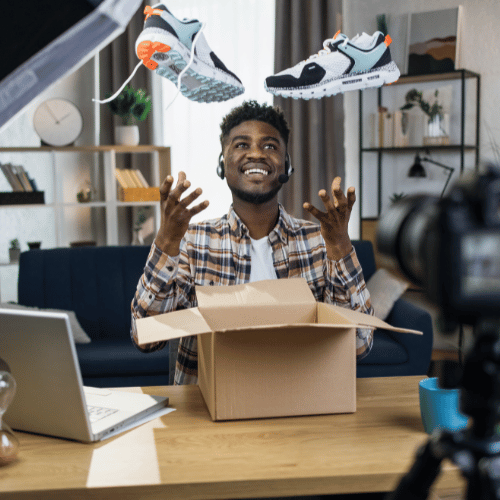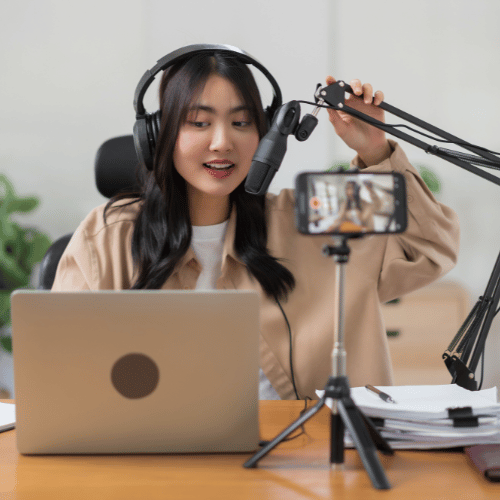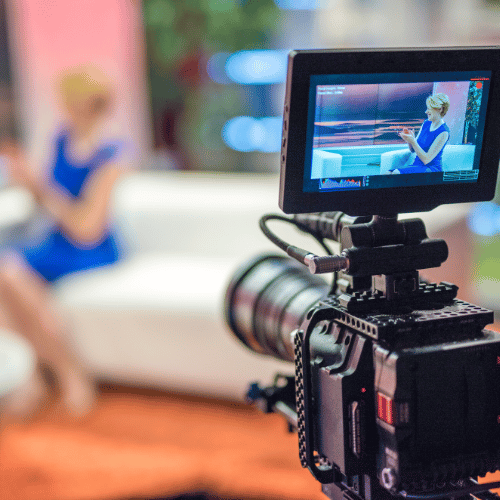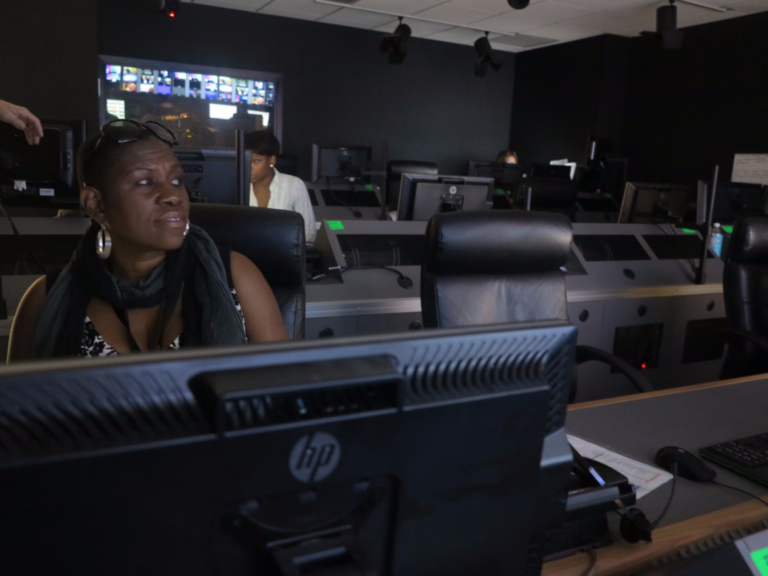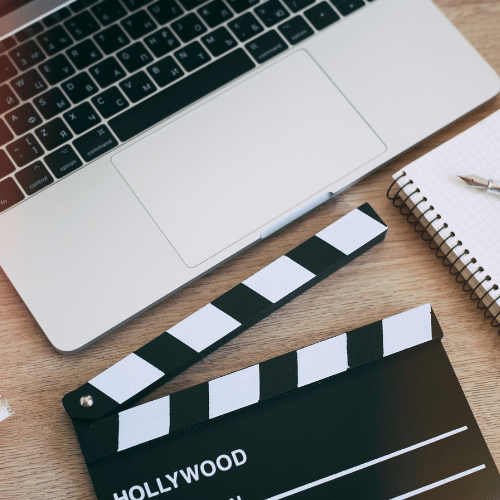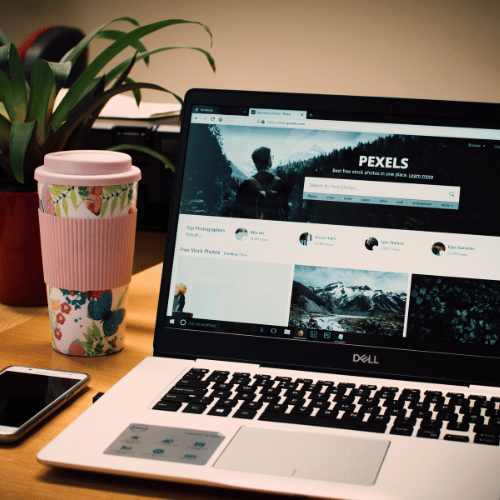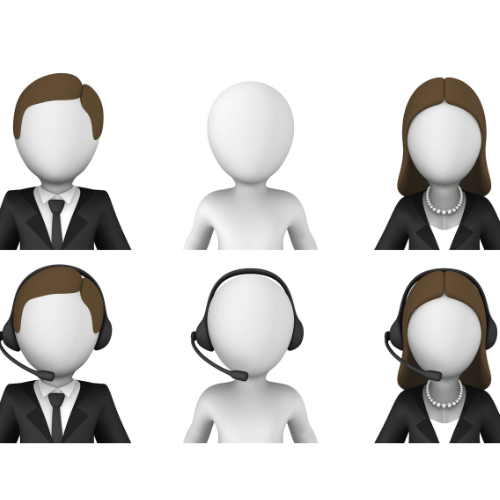How to Use Video in Your PR Strategy
When it comes to public relations, the job isn’t just to get attention — it’s to tell a story that connects. And in today’s digital-first world, video is the single most powerful way to do that.
I learned this truth firsthand during a decade producing for CBS’s The Early Show, where every morning we were tasked with finding stories that could inform, entertain, and move an audience in just a few minutes of airtime. Morning news is a beast — two hours of live TV, five days a week — and the producers who succeed are those who understand what makes a story stick.
Fast forward to today: as a video marketing strategist, I apply those same lessons to every entrepreneur, corporate executive, and professional who wants their brand to stay visible. If you’re not using video, you’re leaving opportunity on the table.
Why Video Belongs in Your PR Toolkit
Audiences prefer video. Period. Scroll through LinkedIn, TikTok, Instagram, or YouTube, and you’ll see how much more engagement videos receive compared to text-only posts. According to HubSpot, people are twice as likely to share video content with friends than any other type of content.
Video is also versatile. A 30-minute livestream can be repurposed into a dozen short-form clips. A single sizzle reel can double as a pitch tool, a website feature, and a digital business card. With one piece of content, you can feed multiple channels — efficiently and consistently.
And in PR, consistency is everything. In my interview with PR expert and host Jody Fischer of PR Podcast used the perfect analogy: marketing is like spinning plates. You might be busy today, but if you stop spinning your brand-awareness plate, the moment business slows, you’ll find yourself scrambling. Video keeps that plate moving.
Getting Started: From Nervous Beginner to Confident Pro
For many professionals, the biggest barrier to video isn’t technology — it’s confidence. People worry about how they look, how they sound, or whether they’ll make a mistake. My advice is simple: start small.
- Shoot short videos — even 30 seconds will do.
- Review before posting so you build comfort seeing yourself on screen.
- Remember you’re the expert. Your audience isn’t looking for perfection; they’re looking for clarity, insight, and authenticity.
My yoga teacher always says, “The first one is the hardest.” After that, it gets easier.
Strategy Before You Press Record
Here’s where many brands go wrong: they jump into video without a plan. A one-off video might get attention, but a video strategy builds momentum.
Think about your sales funnel. Where is your audience in their decision-making journey, and how can video support them?
- Awareness stage: Educational snippets (30–60 seconds) that introduce who you are and what you do.
- Consideration stage: Behind-the-scenes content or team introductions that build familiarity.
- Decision stage: Client testimonial videos that create trust and credibility.
- Action stage: Clearly define calls-to-action — such as webinars, demo videos, or special offers — that move viewers from interest to commitment.
Each stage deserves its own video approach. That’s how you transform video from “content” into a proper PR strategy.
Short Form vs. Long Form: Why You Need Both
Short-form video (Reels, TikToks, YouTube Shorts) is perfect for grabbing attention. It’s snackable, shareable, and a great way to reach new audiences.
But long-form video builds authority. Podcasts, livestreams, and YouTube interviews allow you to go deeper. They also give you material to repurpose:
- Pull out highlight clips for LinkedIn.
- Turn audio into a podcast episode.
- Share quotes as graphics across social media.
With the right editing tools, a single 30-minute video can fuel your content calendar for weeks.
PR Meets Video: Getting Media Attention
Of course, as a professional, you also want to know how video can help you land media opportunities. Here are a few insider tips from my CBS producing days:
- Know the show. Don’t pitch a cooking segment to a news program that hasn’t done one in years.
- Pitch topical, timely ideas. The news is about now. Election season? Bring your best election-related commentary.
- Make it easy for producers. Lay out your talking points, visuals, and segment structure clearly. Producers are busy — help them say yes.
- Follow up, but don’t nag. A polite “what could I do differently?” after a rejection can turn a no into a yes later.
- Leverage video in your pitch. A short sizzle reel or expert clip proves you’re camera-ready and credible.
Remember: TV producers feed a content machine. If your pitch is clear, timely, and visually engaging, you’re helping them do their job.
Keeping the Plates Spinning
Video isn’t something you do once when business is slow. It’s a discipline — part of keeping your brand-awareness plate spinning.
- A short weekly video keeps you visible.
- A monthly livestream or podcast appearance deepens engagement.
- A well-crafted sizzle reel positions you as the expert before you even step into the room.
Consistency is your best friend. Show up when you’re busy so that when things slow down, you’re not starting from scratch.
The Takeaway
Video is no longer optional in business. It’s the foundation of modern storytelling, brand visibility, and client trust. But success doesn’t come from posting random clips. It comes from knowing your audience, building a strategy, and showing up consistently.
Because here’s the truth: whether you’re producing national morning television, running a law firm, or launching a consulting practice, success always starts with knowing who’s watching.
When you understand that — when your video is crafted not just for clicks but for connection — that’s when your content stops being “just video” and becomes your most powerful PR strategy.
Ready to create a video strategy that keeps your business visible and your audience engaged? Let’s talk about how to turn your story into a strategy that works.
And check out a clip of my interview on the PR Podcast. Thanks!
Video Visibility: Your Story. Our Strategy. Real Results.
